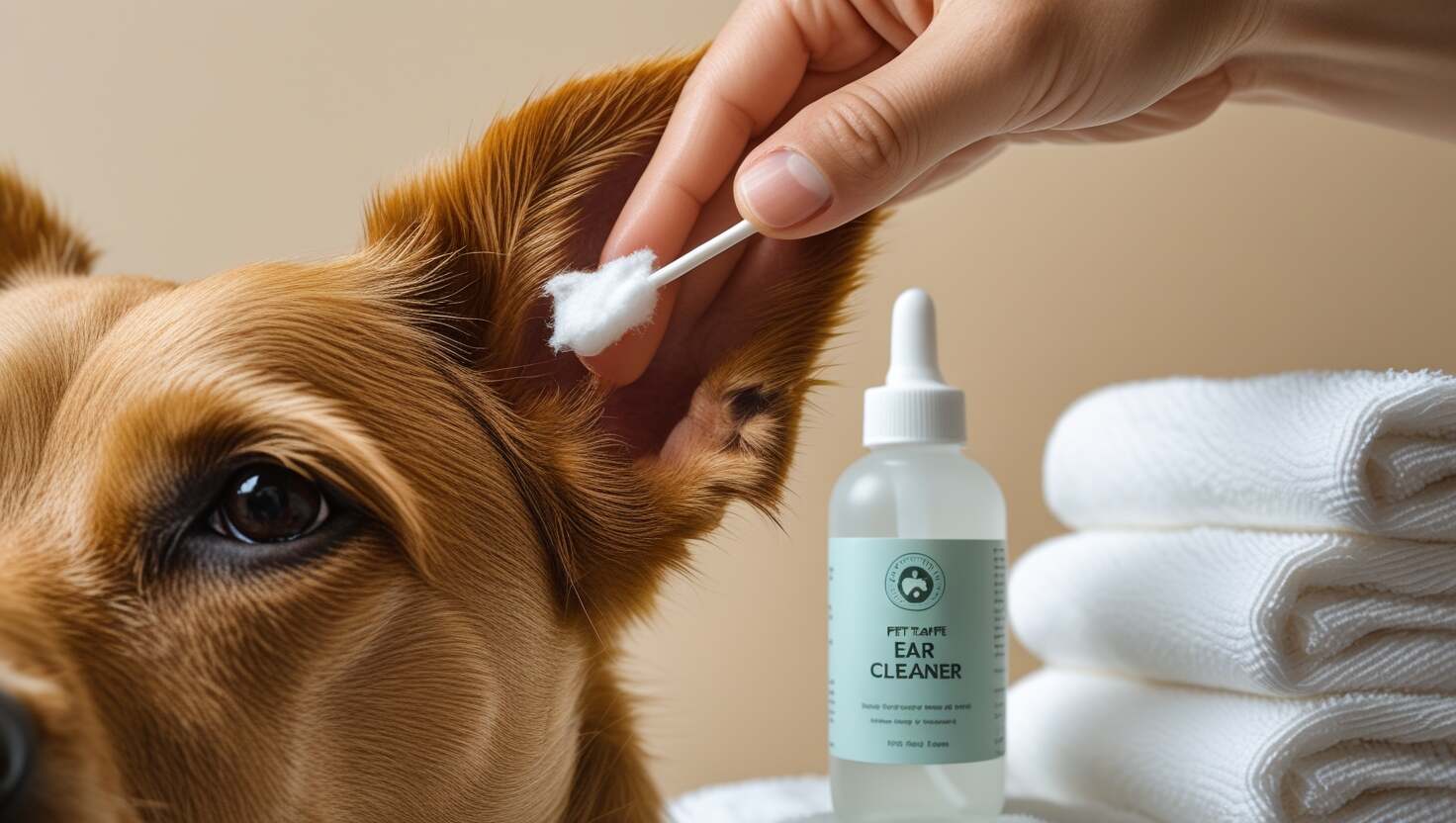Understanding the Hidden Causes of Dog Ear Yeast Infections
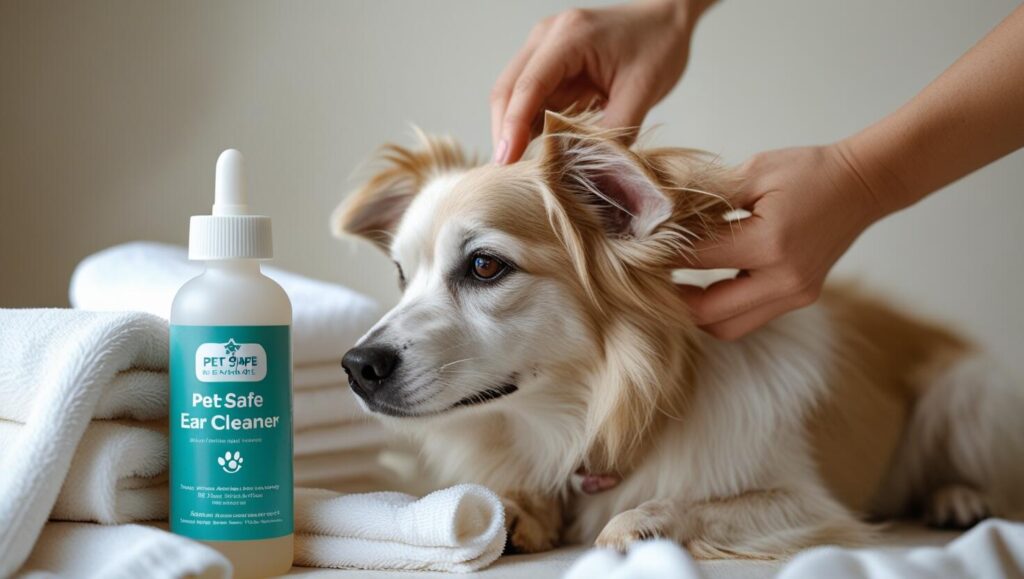
Maintain Ear Hygiene Clean your dog’s ears regularly with a vet-approved cleaner and ensure they are dry after baths or swimming to prevent moisture buildup. Consult a Veterinarian If symptoms like itching, redness, or discharge appear, seek veterinary care for proper diagnosis and treatment, including antifungal medications or dietary adjustments if allergies are suspected.
Understanding Yeast Infections in Dogs’ Ears
Yeast infections in a dog’s ears are a common issue caused by an imbalance of yeast and microscopic bacteria living on the dog’s skin and within the outer ear canal. When conditions like moisture, warmth, or poor airflow occur, the natural yeast levels can accelerate and overgrow, leading to infection. Symptoms often include itchy, smelly ears, brown, greasy discharge, and inflammation around the inside flap of the pup’s ear. These infections can worsen during summer months when water, humidity, and heat provide the perfect environment for fungus to thrive. Dogs like Basset Hounds, Beagles, and Cockapoos, due to their ear anatomy, are more prone to yeast infections.
When a dog develops an infection, the ear canal may become red and irritated, with visible buildup or debris. The infection might extend from the outer ear (otitis externa) to the middle ear (otitis media) or even the inner ear (otitis interne), leading to more severe complications. The result can be chronic, recurrent infections that are difficult to treat and may cause long-term damage to the delicate ear tissues. Noticing signs like head shaking, rubbing, or a funny smell should prompt a visit to the vet, such as those at Redmond vets, to ensure proper treatment and control. Keeping a dog’s ear clean, dry, and free of excess wax or moisture is key to maintaining healthy ears and avoiding these painful conditions.
Understanding Why Yeast Infections Occur in Your Dog’s Ears

A yeast infection in a dog’s ear is often caused by a mix of factors creating a favorable environment for yeast overgrowth. Dogs with long floppy ears are more prone because the L-shaped ear canal traps moisture, debris, and even foreign materials like seeds or grass. Activities like frequent swimming, bathing, or playing in humid environments can leave wet ears, leading to trapped water that encourages infection. Similarly, exposure to hot weather and the hot sun increases moisture and humidity, further upsetting the natural balance of good bacteria in the ear.
Allergies—whether from pollens, mold, dust, or even cigarette smoke—can cause inflammation and worsen the problem. Food allergies and feeding your pet sugary snacks, carbs, or foods with allergens may also contribute to chronic yeast problems. If your dog scratches their ears frequently or shakes their head downward, it might indicate itchiness, redness, or secondary infections. Veterinarians often find that antibiotics or an underactive immune system play a role in recurrent yeast infections, while sometimes an overactive immune system triggers allergic reactions.
Recognizing Symptoms and Ensuring Proper Care
When your dog’s ears are infected, the outer ear, earlobe, or ear canal may appear scabby, reddened, or crusty, sometimes accompanied by a foul odor or ear discharge. In severe cases, inflammation can extend to the middle ear (otitis media) or inner ear, affecting their sense of balance or even leading to deafness. Poor hygiene and cleaning products that disrupt the ear’s natural environment may worsen the condition, while ear mites or spider-like bugs can infest and irritate the skin.
For treatment, medication like ear drops prescribed by a veterinarian can help alleviate symptoms. Cleaning the ears regularly and avoiding trapped moisture after swims or baths will prevent recurrences. Ensuring a balanced diet free of sugary snacks, foods, or allergens can also help maintain the ear’s natural balance and keep yeast infections at bay.
Recognizing the Signs of Yeast Ear Infections in Dogs
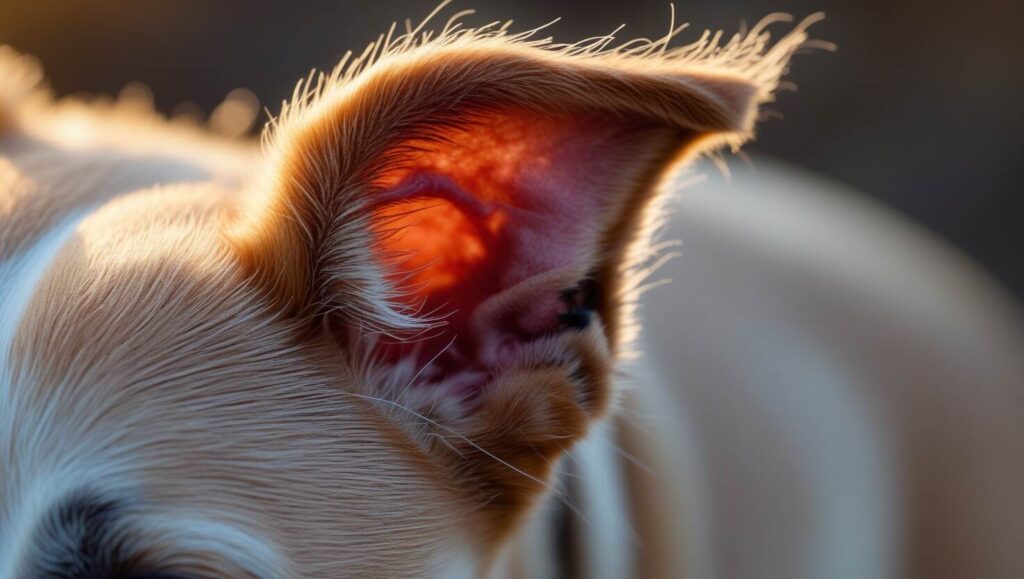
If your dog is constantly scratching, pawing, or rubbing their ears on the floor or furniture, it might be a sign of a yeast infection. Look closely at their ear flap for redness, swelling, or a brown, yellow, or even bloody discharge. A musty or cheesy scent, often described as a “corn chip-like smell,” is a common indicator. Dogs with this condition might shake their head or tilt it to one side, showing visible discomfort. Breeds with moist environments in their ear folds or armpits are particularly at risk.
The skin around the ear may become pink, red, or gray, with a waxy discharge or crusting. Over time, the texture can turn oily, scaly, or even leathery if left untreated, causing hair loss and persistent inflammation. Some dogs also experience appetite changes or balance issues from the infection spreading deeper, potentially leading to hearing loss. A veterinarian’s diagnosis is essential if you notice any of these signs, as chronic ear infections can worsen quickly.
How Vets Diagnose Yeast Infections in a Dog’s Ear

When your pup has a suspected yeast infection inside their ear, a veterinarian uses several methods to reach a definitive diagnosis. First, the vet carefully examines the dog’s ear with an otoscope to look deep into the ear canal for signs of redness, swelling, or ear debris. Immediate actions, such as gently cleaning the ear and addressing visible debris, are often taken to provide initial relief while awaiting a full diagnosis. A swab is then taken from the affected area, and this sample is examined under a microscope to identify yeast, bacterial cells, or both. This process, known as cytology, involves using stains to highlight the microorganisms.
If the infection is severe or recurrent, further tests like culturing may be done. This involves placing the sample in a specific medium like broth to grow bacteria or yeast, allowing the vet to determine the specific cause of the infection. Culture and sensitivity testing are used to find the most effective medications for eliminating the infection.
For chronic or complicated cases, the vet might suspect an underlying condition such as endocrine disease. In such cases, blood testing, hair or skin samples, and advanced imaging like skull X-rays, CT scans, or an MRI may be performed to assess the possibility of inner ear disease or other severe issues. By identifying the root cause, the vet ensures the treatment addresses the infection and prevents it from returning.
Treatment Options for Yeast Ear Infections
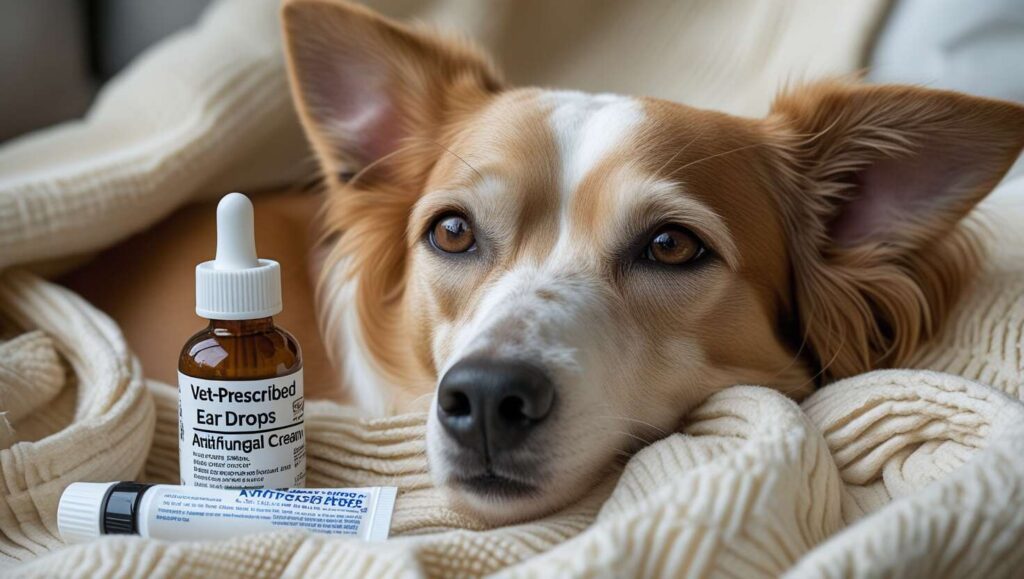
When dealing with a yeast infection in your dog’s ears, it’s essential to act promptly. Left untreated, the condition can become painful and lead to serious infections. You might notice your pup scratching one ear or both ears, showing signs of discomfort like head shaking or redness. These infections often result from excess yeast or bacteria buildup in the ear canal due to sweat glands, dirt, or an improper diet high in sugar, refined carbohydrates, or foods like potatoes, corn, and honey. Regular cleaning using a medicated cleanser or non-medicated ear cleaner helps maintain proper pH levels and keeps the ear canal free of harmful material.
To treat the infection, consult a vet or veterinarian who will likely use an otoscope to check if the eardrum is intact. They may collect material to examine under a microscope to identify if the cause is yeast or bacteria. Based on the findings, they might recommend topical medications like antifungal ointment or cream containing miconazole or ketoconazole, or oral antibiotics and anti-inflammatory medications for more severe cases. For persistent or chronic infections, systemic treatments such as tablets, injections, or even surgical therapies like total ear canal ablation (TECA) or ventral bulla osteotomy (VBO) might be necessary. Additionally, using special cleansers, ear-drying solutions, or medicated baths can bring relief and serve as a preventable measure against future issues. Always follow your veterinarian’s guidance and avoid using home remedies like vinegar rinse without professional direction to avoid further irritation.
Recovery and Long-Term Management of Dog Ear Yeast Infections
Dogs with ear infections can recover uneventfully if treated promptly and properly. For mild cases in the early stages, simple at-home treatments like antifungal shampoo or sprays can help to soothe the skin and reduce discomfort. However, for a severe infection, it may take a few weeks of treatment prescribed by a veterinarian to fully heal. Identifying the underlying cause is crucial, as untreated food allergies or a weak immune system can lead to frequent or even chronic infections. Playful dogs, especially those that spend a lot of time outdoors or interact with other pets, may be more prone to ear infections due to increased exposure to irritants or allergens. In some cases, switching to a carefully balanced diet, such as homemade dog food tailored to avoid specific allergens, can support recovery and help prevent future infections. Vet testing can guide effective treatments, and long-term management might include a diet change, weekly preventative cleaning, and close monitoring. These steps help ensure the infection does not return and promote a healthier ear environment. If you’re managing a dog prone to yeast infections, it’s essential to follow a plan tailored to the severity of the condition while focusing on overall wellness and consistency.
Breeds Most Susceptible to Yeast Infections in the Ears

Ear infections caused by yeast are quite common in dogs, especially those with floppy ears or specific breeds that are more susceptible. Breeds like Cocker Spaniels, Basset Hounds, Golden Retrievers, and Labrador Retrievers often have a higher chance of getting infections due to their inner ear canal structure and excess skin folds. Poodles and Shih Tzus, with their dense hair, can trap moisture, creating the perfect environment for yeast infections. Similarly, Schnauzers, West Highland White Terriers, German Shepherds, Maltese, and Dachshunds are also prone due to their unique ear shapes or underlying allergies. While all dogs can potentially contract these infections, specific breeds with certain anatomical features face a greater risk, making regular ear checks essential.
Preventing Yeast Ear Infections in Dogs
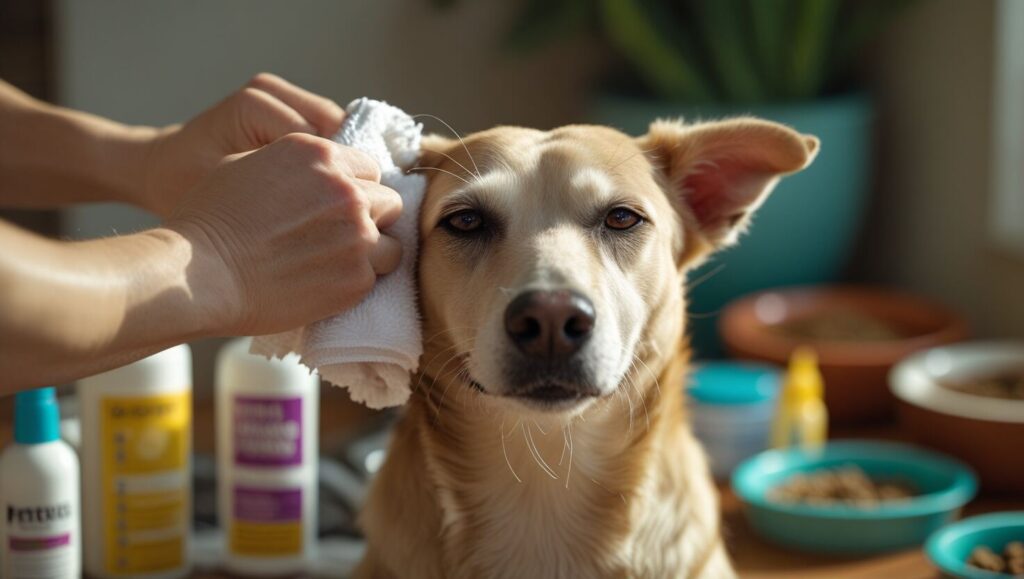
Keeping your pooch’s ears healthy and dry is key to avoiding yeast ear infections. After bathing or swimming, gently dry your dog’s ears using a soft cloth or a vet-approved drying agent. Regular ear maintenance, like routine cleansing with ear-cleaning medicine, helps prevent discharge, odor, and swelling in the outer ears. If your dog has long hair around the ear canal, a groomer can trim or even tweeze it to improve airflow and reduce moisture buildup. Avoid inserting any object deep into the ear canal, as this can harm the eardrum and lead to severe problems.
Watch for underlying conditions such as allergies, hypothyroidism, or chronic infections, as these can trigger recurring infections. Providing good quality food can lower the risk of food allergies, while using flea and tick preventatives protects against irritation. Minimize stressors like extreme heat or humidity, and ensure your vet checks for any triggers that may cause overgrowth of yeast. Keeping up with routine vet visits, recommended vaccines, and proper pet care are simple yet effective precautions to maintain overall health and lower infection risks.
Summary
Yeast infections are a common skin concern for dogs, especially in their ears, folds, or areas with moist environments. You might notice symptoms like itching and irritation, often making your dog scratch excessively. These infections are more likely in dogs with allergies, as they can trigger secondary infections that cause even more discomfort. If left untreated, recurrent yeast infections can occur, making it essential to address the root cause—often linked to weakened immune systems or exposure to irritants. To keep your dog healthy, take precautions, such as cleaning their ears regularly and drying their skin after baths, which can protect them from future issues. Always treat promptly to help your furry friend avoid ongoing problems.
Kindly note: The content shared in this blog is gathered from online sources, some of which may not be verified. For accurate guidance on caring for your dog, it is recommended to seek advice from a qualified veterinarian.

